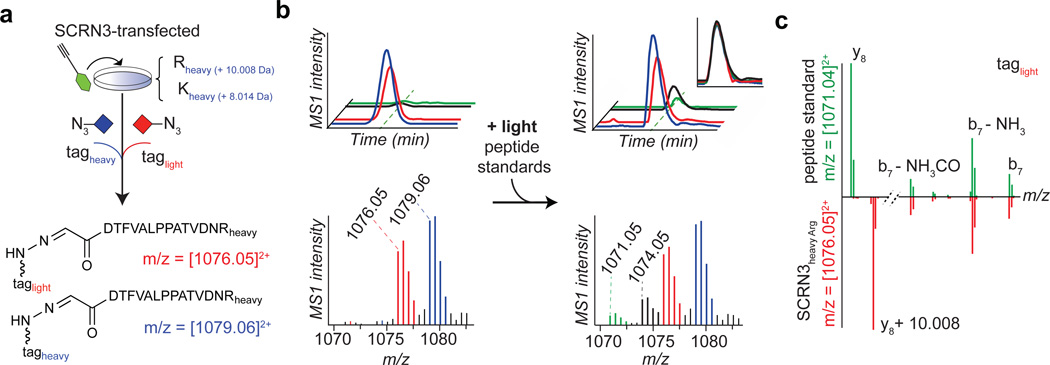Fig. 5. Evidence supporting the structural assignment of an N-terminal glyoxylyl group in SCRN3.
a–c, Heavy-Arg/Lys-labeled SCRN3-transfected cells treated with probe 2, followed by processing by isoTOP-ABPP, furnishes an isotopically differentiated probe 2-labeled SCRN3 peptide pair (red and blue) (a), which co-elutes with a light amino acid-labeled probe 2-Glyoxylyl6-Arg20 standard (also an isotopically differentiated peptide pair; black and green). Inset chromatogram shows all four traces scaled to the same intensity (upper right, inset plot) to show co-elution of endogenous and standard 2-Glyoxylyl6-Arg20 SCRN3 peptides. Corresponding isotopic envelopes are shown below the chromatograms. c, Comparison of high-resolution MS2 spectra for light-tagged standard versus endogenous 2-Glyoxylyl6-Arg20 SCRN3 peptides (inverted y-axis) distinguished by the expected 10 Da mass shift for y8-ions containing the C-terminal Arg residue.

